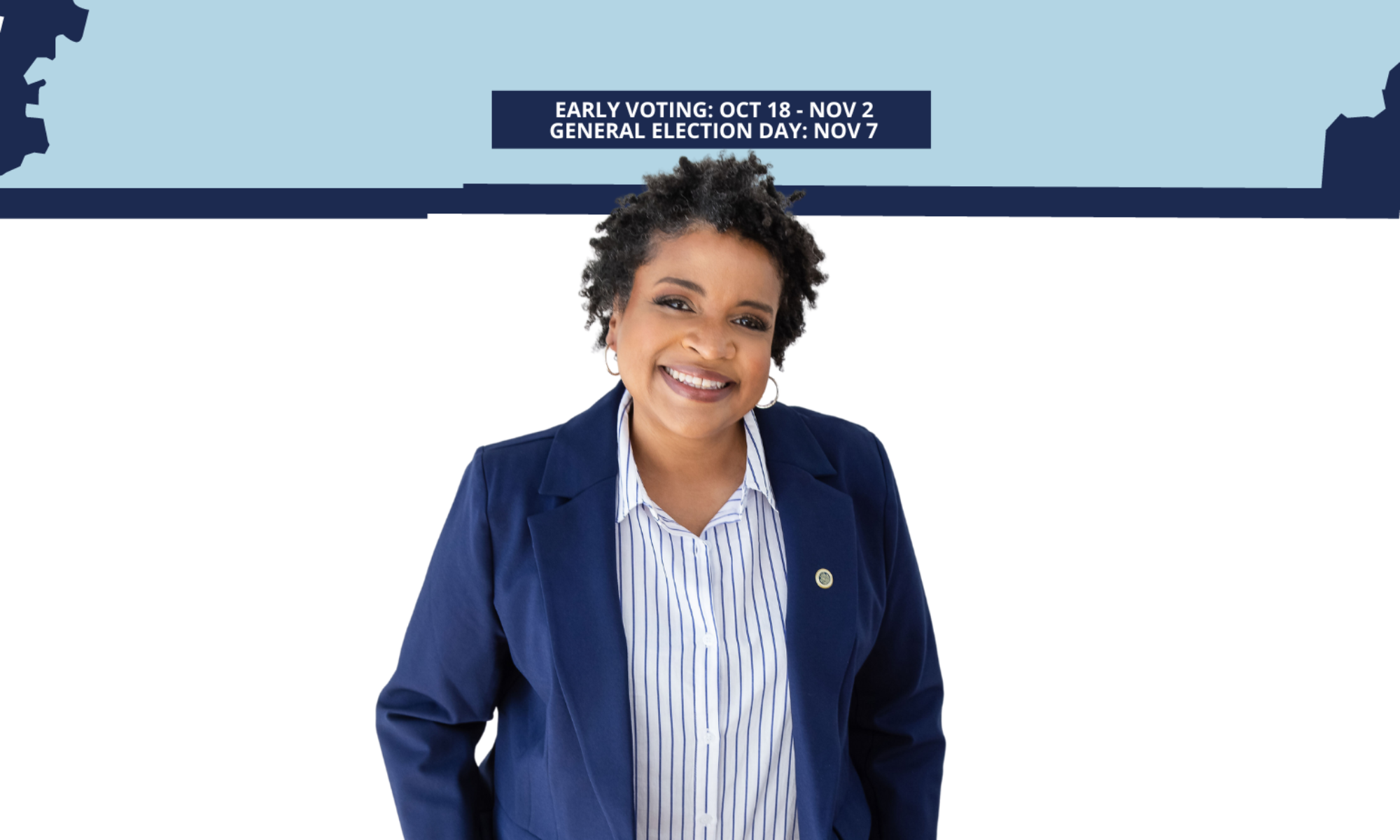
The city has the ability to address racial inequalities across issue areas, including government contracting, infrastructure investments, access to public services and amenities, community development projects, community grants, and more. Adopting the use of Racial Equity Impact Statements, much like the use of Environmental Impact Statements and Fiscal Impact Notes,for all major policy, planning and budgetary initiatives that are likely to have significant impacts, whether positive or negative, on different racial and ethnic groups would be a useful, participatory tool for assessing the actual or anticipated effectsof city policies and budgets in order to identify ways to maximize racial equity. Racial Equity Impact Statements are designed to address matters of racial equity in a conscious, proactive and preventive way and this is an assessment tool that I would champion for Knoxville as a member of City Council.
Outside of or in addition to the policy, as a member of City Council, I would conduct my own research as well as ask questions of city staff before and throughout planning and budgeting processes to assess the racial equity of policies and programs. The Applied Research Center, a racial justice think tank, offers the following questions as a guide for assessing racial equity.
- Which racial/ethnic groups may be most affected by and concerned with the issues related to this proposal?
- Have stakeholders from different racial/ethnic groups— especially those most adversely affected—been informed, meaningfully involved and authentically represented in the development of this proposal? Who’s missing and how can they be engaged?
- Which racial/ethnic groups are currently most advantaged and most disadvantaged by the issues this proposal seeks to address? How are they affected differently? What quantitative and qualitative evidence of inequality exists? What evidence is missing or needed?
- What factors may be producing and perpetuating racial inequities associated with this issue? How did the inequities arise? Are they expanding or narrowing? Does the proposal address root causes? If not, how could it?
- What does the proposal seek to accomplish? Will it reduce disparities or discrimination?
- What adverse impacts or unintended consequences could result from this policy? Which racial/ethnic groups could be negatively affected? How could adverse impacts be prevented or minimized?
- What positive impacts on equality and inclusion, if any, could result from this proposal? Which racial/ethnic groups could benefit? Are there further ways to maximize equitable opportunities and impacts?
- Are there better ways to reduce racial disparities and advance racial equity? What provisions could be changed or added to ensure positive impacts on racial equity and inclusion?
- Is the proposal realistic, adequately funded, with mechanisms to ensure successful implementation and enforcement? Are there provisions to ensure ongoing data collection, public reporting, stakeholder participation and public accountability?
- What are the success indicators and progress benchmarks? How will impacts be documented and evaluated? Howwill the level, diversity and quality of ongoing stakeholder engagement be assessed?

